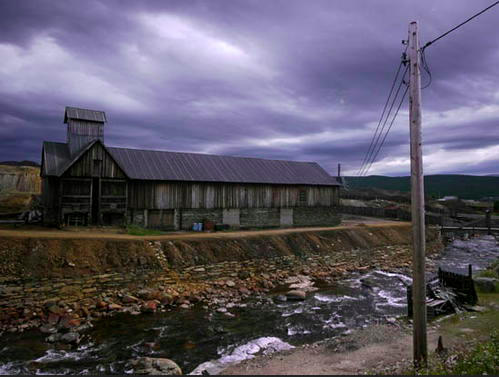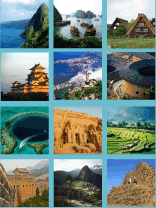Guide 4 – Case study: Røros Mining Town and the Circumference (Norway)
Baseline situation
Røros Mining Town and the Circumference is linked to the copper mines, established in the 17th century, which were used for 333 years until 1977. The site includes the Town and its industrial-rural cultural landscapes; Femundshytta, a smelter with its associated area; and the Winter Transport Route. While highly valued by the community and its various stakeholders, several years ago this World Heritage Site was having serious conservation problems related to vandalism on protected buildings.
What did they do?
A combination of local key actors (municipality, museum, conservational organizations, schools etc.) launched programmes focused on enhancing heritage conservation awareness, promoting OUV conservation, and communication capacities focused on young people (the key local stakeholders of the future).
Strategic priorities
- Educate young people to be guardians and champions of the World Heritage Site and its values.
- To address the problem of ‘heritage vandalism’ affecting protected buildings.
- To generate ‘ownership’ of the World Heritage Site among local youngsters (future local decision makers).
- Create future knowledgeable communicators, greeters and decision makers of the World Heritage tourism destination.
What worked?
The headmaster of Røros Primary School, working with the Røros Museum, conceived the ‘Adopt a House’ project’, in which local students were given the responsibility of monitoring particular houses, and, in doing so, contributing to their conservation while simultaneously finding out about the history of the house and its heritage. This project helped young people learn about the importance and value of their heritage, generated a communal feeling of ownership of the World Heritage, as well as having a positive impact on the problem of vandalism.
Within the framework of the programme, ‘World Heritage in Your Hands’, four international workshops were organised by Røros Upper Secondary School. There were educational activities with World Heritage related content at schools, along with courses for local tour guides. Students received practical training and skills in heritage conservation, including independent assignments under the supervision of an experienced craftsman. The Røros Museum, The Røros municipality, and the Røros division of the Society for the Preservation of Norwegian Ancient Monuments also participated to help supervise these restoration youth groups. The other municipalities of the site: Os, Tolga, Holtålen, and Engerdal, provided information in their schools about the history of Røros Copper Works, Røros town and the mining communities, and smelters inside the World Heritage Site.
What was tough?
In the case of the ‘Adopt a House’ project, the main collaborating parts, The Røros Museum and the school, showed different stages of effort during the implementation of the project. The museum started early with project related initiatives, but when they were done, the employees were focused in other tasks and projects. Meanwhile, the school was more focused on trying to root the project into the regular activities of the teaching staff. The result was that a growing commitment of the school was not met with an increasing capacity of the museum to attend to the requirements of the students (Lidén, 2005).
How did they get buy-in?
New activities were added to the contents of ‘Adopt a House’ project, not limiting the programme to the preservation of buildings through the cooperation with the museum specialist. The use of external individuals or organizations specializing in local history, restoration, and building preservation was helpful (Lidén, 2005).
What are the results?
- The problem of vandalism has been improved.
- Local young people are more sensitive to the importance and ways of preserving their heritage.
- World Heritage Site ‘ownership’ was generated among local young people (future key actors).
- The museum learned new means and ways of teaching youngsters about heritage and conservation.
- Even though local students thought the development of the project could have been improved, they recommend its application in other places/schools.
What lessons can others take from this?
The case of Røros is an example of how the development of World Heritage educational awareness raising and capacity building initiatives focused on young people can help to avoid both conservation unfriendly practices like vandalism and bring this important audience into OUV conservation and communication efforts. Moreover, in World Heritage tourism destinations, today’s young people are also tomorrow’s local tourism entrepreneurs, taxi drivers, guides, hoteliers, shopkeepers, political actors, etc. By promoting OUV ‘savvy’ youth and generating ‘ownership’ of the World Heritage Site, Røros started to build the pillars of a more sustainable future tourism destination.
This case study also raises questions regarding the importance of generating long-term education initiatives and the need to root them in the culture of local key organizations to assure long-term sustainability and maximization of positive results. Assessing the availability of human and economic resources, long-term commitment of relevant institutions, and diversifying content of projects might help to make these initiatives more sustainable.
Some useful resources about Røros and its initiatives:
World Travel and Tourism Council
Living with World Heritage. Røros, Norway: 13-16 May 2012. – Conference Report


